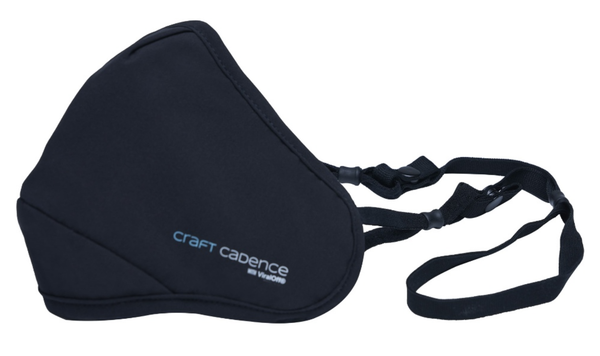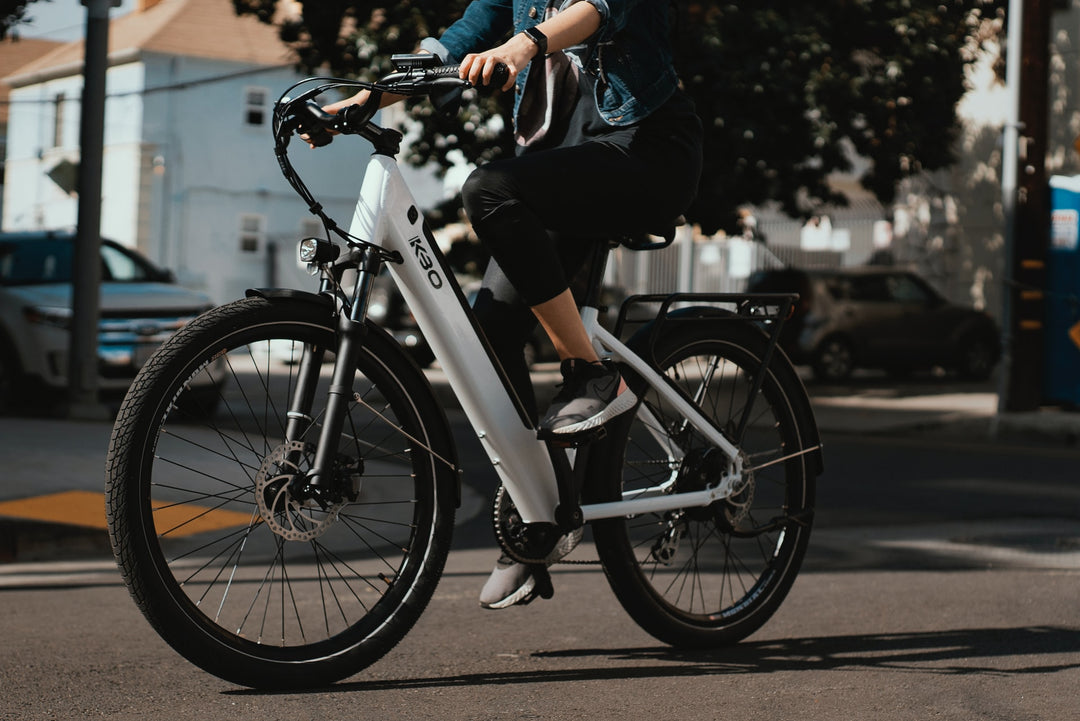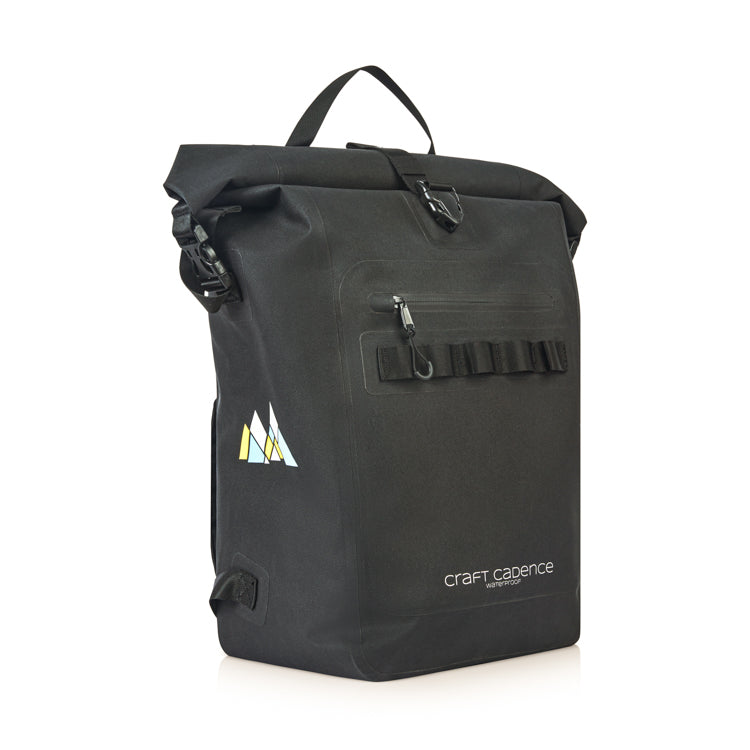Surgical Masks versus PM2.5 Pollution Masks - Which Mask is More Suitable for You?
In this article, we’ll compare two types of masks: surgical masks and PM2.5 pollution masks with air filters. We won’t consider respiratory masks or masks of the plain cloth variety because they exist at the extreme ends of the effectiveness spectrum. Obviously, the N95 or N99 respiratory grade mask is going to be the most effective – these are medical grade masks used by doctors on the front line. Although the cloth-based mask offers some basic protection but does not come with any certified filtration properties against fine particles.
On the practical medium of the spectrum are surgical masks and anti-pollution masks. Not a great deal of information is out there comparing the two styles of masks – so this article will do a deep dive analysing every aspect of these masks and letting you know the best use cases for each style of masks.
We’ll also let you in on our top pick – a mask for everyday people who aren’t doctors and don’t face COVID patients, but still want adequate protection and comfort from their mask.
Our solution? The Craft Cadence Nanofiber Mask with Viraloff technology.

More information here.
But first, stick around and see how it compares to a surgical mask.
What is a surgical mask?
According to the CDC, a surgical mask is a "loose-fitting, disposable device that creates a physical barrier between the mouth and nose of the wearer and potential contaminants in the immediate environment." They also go by other names, including: medical masks, dental masks, isolation masks, medical procedure masks, or simply face masks.
Typically, surgical masks consist of three layers: a middle layer of extra fine glass fibres or synthetic microfibres, which is then covered on both sides by acrylic bonded parallel-laid or wet laid nonwoven fabrics. They are commonly referred to as 3-ply or three-ply, meaning that it is made of three layers joined together.

The main function of surgical masks is to prevent the spread of respiratory infection from the medical practitioner to the patient. According to the US Food and Drug Authority, surgical masks help to block large-particle droplets, splashes, sprays, or splatter that may contain pathogens (viruses and bacteria). Surgical masks may also help reduce exposure of your saliva and respiratory secretions to others.
However, the surgical mask is not designed to protect the wearer from airborne particles and aerosols from others. It is loose fitting, has visible gaps/leakage around the side of the face, and is not certified to filter particles to the N95 or N99 standards like the respiratory masks.
The intended use case of surgical masks is that they serve as a one-off for medical procedures, and must be discarded after each use.
In contrast, the pollution mask, such as the Craft Cadence Nanofiber Mask, can be reused and is especially designed and certified to filter fine particles.

Don’t just take our word for it, check out what our customers are saying.

"😷Loving my new @craftcadence ViralOff Reusable Mask. Perfect fit and very adjustable. 4 layers of protection which also includes a pocket for a filter.😁 I am very happy with my purchase. Even happier that it includes two masks so I can easily alternate."
Ariette, USA
Let's go back to looking at surgical masks. Are they effective at blocking viruses?
How good are surgical masks at blocking viruses and other respiratory particles?
Scientific studies and evidence suggest that this mask is pretty effective at blocking viruses and tiny airborne particles from reaching the wearer of the mask. In fact, recent studies have demonstrated that it also protects uninfected wearers, but only to a certain extent.
A recent (and highly relevant!) scientifically peer reviewed study published by Hong Kong University in April 2020. This study featured 246 patients with seasonal human coronaviruses, influenza viruses and rhinoviruses, who participated in an exercise whereby the patients exhaled breath into a device that could capture and measure the amount of viral particles entered at different sizes.
The results showed that the surgical mask was generally effective at filtering respiratory droplets, as shown in the table below.

The interesting part of the study was that while the surgical mask is very effective against respiratory droplets, it was significantly less effective at capturing aerosols. The authors pointed out that the viral load of aerosols were found to be relatively lower.
Overall, the authors concluded that "this has important implications for control of COVID-19, suggesting that surgical face masks could be used by ill people to reduce onward transmission."
What can be concluded, is that if everybody in an environment wore surgical masks, the chances of transmission of viruses, particularly corona viruses and influenza viruses can be reduced.
Who is the surgical mask suitable for?
The surgical mask is convenient, easy to dispense and offers substantial protection at a lower initial entry point price than pollution masks. It is suitable for the following situations/people:
- People who want to keep things simple, and who do not want to deal with maintenance such as washing and replacing of filters
- People who are not living in polluted areas, and therefore do not require the mask to have anti-pollution functionality
- People who want a little more breathing comfort, as the surgical mask is generally more breathable and has air gaps on the side
- There is no shortage of surgical masks in the consumer's country. If there is a surgical mask shortage, then arguably those masks should be reserved for use by medical professionals.
The one major downside of surgical masks is that it is disposable and therefore has a very short lifetime and are very wasteful to the environment. The typical use case for surgical mask is 1-2 days before it has to be discarded. Further, surgical masks can lose its filtration functions if it comes into contact with liquid.
What is a PM2.5 Anti Pollution mask?
A PM2.5 pollution mask is a mask that is designed to filter out particulate matter in the air. What is particulate matter? This can include dust, soil, pollen and various chemicals. Viruses can also be captured by anti-pollution masks like any other particles.
There are many different categories and names for PM2.5 masks, including: pollution masks, air filter masks, cycling pollution masks, smog masks, filtered face masks and reusable dust masks.
Let’s break down the nomenclature:
The PM2.5 refers to Particular Matter, and the 2.5 refers to the size of the particular matter that the mask is able to filter. Therefore, PM2.5 refers to particulates that are at least 2.5 microns in size. While most pollution particles are 2.5 microns or larger, corona viruses are much smaller than pollution particles, at between 0.06 to 0.14 microns in size.
This means it is not a given that the wearing of a PM2.5 mask will provide adequate protection against COVID-19. There are particular technical details to look for within PM2.5 pollution masks.
First of all, there are generally two styles of pollution masks.
- The PM2.5 filter is sewn inside the mask and cannot be replaced
- The PM2.5 filter is removeable and can be replaced
There are pros and cons associated with each style. If the filter is sewn inside, it provides a tighter seal than one that can be replaced, leaving less gaps for particles to go through. However, these types of masks have a shorter shelf life, and the filters lose their efficacy after 3-4 months and must be discarded. This means its bad news for the environment, and for those trying to live a life with principles of sustainability.
Now let's turn to the PM2.5 filter. Not all filters are created equal. Filters are typically certified to a standard which measures filtration %, which is usually measured in terms of the % of particles filtered at 0.3 microns in size (so much smaller than 2.5 microns that it is purported to filter). Most filters have 4-5 layers, with an activated carbon filter layer to capture tiny particles.
In terms of certifications, most pollution mask providers offer N95 certification or equivalent, such and KN95. Please refer to our blog post about what is involved in a N95 certification. Essentially, the filter is certified to filter out 95% of particles at 0.3 microns in size, in laboratory conditions. This is referred to as the Particle Filtration Efficiency. There are also other certifications for Anti-Bacterial Efficiency, Viral Filtration Efficiency and Breathing Resistance.
Some companies can even offer filters with a N99 rating, which can filter out 99% of particles at 0.3 microns in size.
For example, the Craft Cadence Nanofiber mask has an internally sewn N99 certified filter and a pocket for insertion of additional filters for additional protection. It is the only product in the market to have both features.

How good are PM2.5 pollution masks at blocking viruses and other respiratory particles?
There are no published peer reviewed scientific papers that we are aware of that specifically looked at the effectiveness of PM2.5 pollution masks at filtering viruses. This is understandable as the main purposes of the mask is to filter pollution, not to protect against viruses such as COVID-19.
However, there are inferences that can be made from other studies.
A 2013 study in the journal Disaster Medicine and Public Health Preparedness looked at the filtration efficiency of a range of fabrics. To measure the filtration efficiency, the researchers made home-made masks and sprayed virus into the air in the direction of the different masks.
The results can be seen in the table below, in the column Bacteriophage MS2:
As expected, surgical masks performed the best, at 89% filtration efficiency. A well fitted anti-pollution mask can be compared to the vacuum cleaner bag (also certified to capture tiny particles) which performed at a respectable 85% filtration efficiency. The remaining fabrics offer a degree of protection but drop off significantly.
So although there hasn't been any scientific studies looking at PM2.5 pollution masks at filtering viruses, a well fitted pollution mask with N95 or N99 certified filters should in theory perform as well, if not better than the surgical mask at capturing viral particles.
Who is the PM2.5 pollution mask suitable for?
A PM2.5 pollution mask with either N95 or better still N99 certifications for its air filters, could offer performance comparable with that of surgical masks, in terms of protecting others or yourself against the COVID-19 infection. Look for N95 or N99 grade face mask online, instead of just searching for PM2.5 masks.
What is clear is that PM2.5 pollution masks do offer substantially more protection against regular cloth masks made from cotton. The pollution mask is easier to purchase than surgical masks in many countries, is washable and reusable, and comes with replaceable filters. It is suitable for the following situations/users:
- People who want to make an investment for a long lasting mask, who is prepared to maintain it through regular washing and/or replacement of filters
- People who live in areas where they are exposed to high levels of pollution. In effect the mask can be used to serve two purposes, to protect against both pollution and COVID19
- People who want more variety in the appearance of the masks. PM2.5 anti pollution masks come in all forms of different colours and patterns.
- People who want a tight fit and seal of the mask. Pollution masks usually come in a range of sizes to suit individuals from children, women to large adults.
- People who live in countries where surgical masks are in short supply and do not want to divert resources from the medical front line.
In summary, there are distinct use cases for each type of mask and are suitable for individuals in different situations.
Craft Cadence face mask with nanofiber technology
Craft Cadence has one of the strongest offerings in the pollution masks segment, if that is the route that you are headed. With N99 certified filtration as well as Swedish ViralOff technology that eliminates viruses within 2 hours, it is an obvious choice if you are looking for protection against either pollutants or viruses. What is more, the nanofiber filter is now proven to be more effective than traditional melt blown filters in maintaining filtration efficiency after washing, and the fact that these can be washed is better for the environment.




